The Process of Steel Fabrication: A Comprehensive Guide
Introduction
Steel fabrication is a critical process in construction and manufacturing, enabling the creation of durable and customized steel structures. From skyscrapers to industrial plants, the fabrication process ensures structural integrity, precision, and efficiency. In this article, we will explore the key stages of steel fabrication, the latest technologies used, and why choosing a reliable steel fabricator is essential for your project in Australia.
1. Design & Planning
The first step in steel fabrication involves meticulous design and planning. Engineers and designers use CAD (Computer-Aided Design) and BIM (Building Information Modeling) software to create detailed blueprints. These designs take into account load-bearing requirements, material specifications, and environmental factors to ensure durability and compliance with Australian building standards.

2. Material Selection
Choosing the right type of steel is crucial to the success of the project. Depending on the application, fabricators select from carbon steel, stainless steel, or alloy steel. Each type has unique properties that determine its strength, corrosion resistance, and weight-bearing capacity.
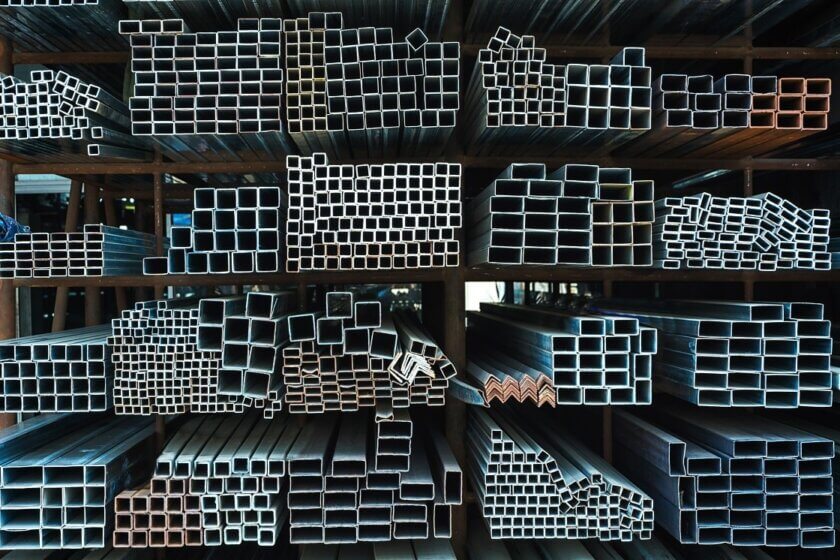
3. Cutting & Shaping
Once the design is finalized and materials are selected, the steel undergoes cutting and shaping processes. Common cutting methods include:
- Laser Cutting – Ensures precision and minimal waste.
- Plasma Cutting – Suitable for thicker steel plates.
- Water Jet Cutting – Provides clean cuts without heat distortion.
- Shearing & Sawing – Used for cutting steel into required sizes.
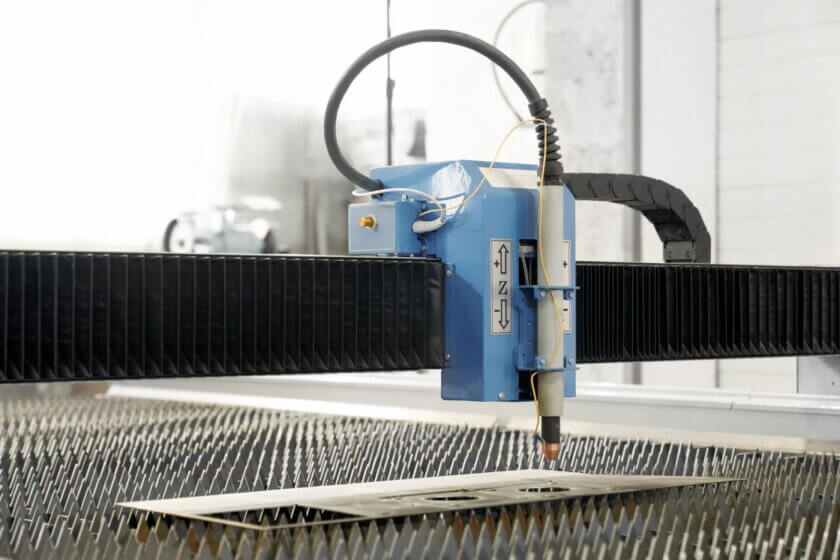
4. Welding & Assembly
Welding is a crucial part of steel fabrication, ensuring strong and lasting connections. Skilled welders use different techniques, such as MIG, TIG, and arc welding, depending on the structural requirements. After welding, components are assembled to match the blueprint specifications.
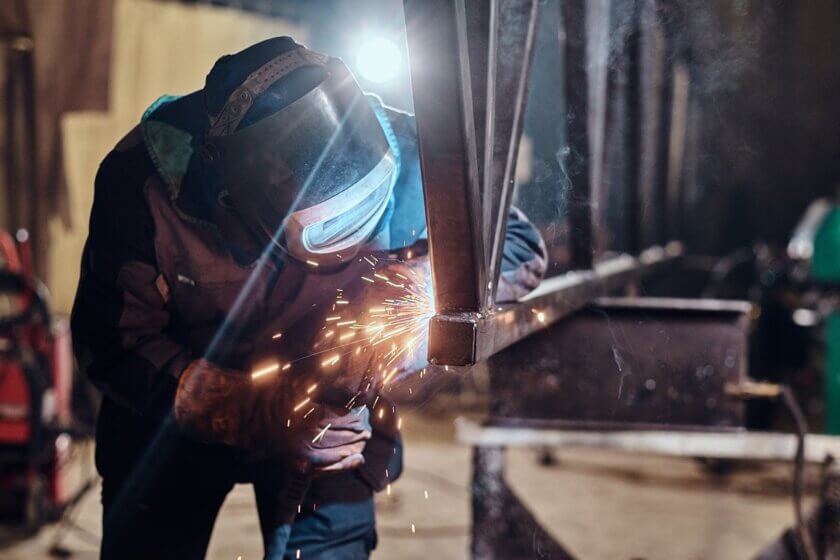
5. Surface Treatment & Coating
To enhance durability and resistance to corrosion, fabricated steel structures undergo surface treatment. Common treatments include:
- Galvanization – Applying a protective zinc coating to prevent rust.
- Powder Coating – Aesthetic and protective finishing.
- Sandblasting & Painting – Prepares surfaces for additional layers of protection.
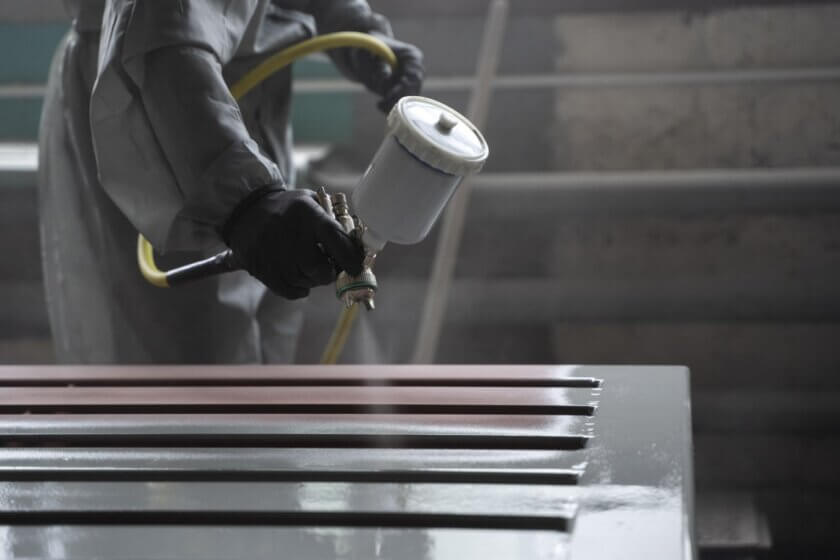
6. Quality Inspection & Testing
Quality assurance is essential in steel fabrication to ensure safety and compliance. Testing methods include:
- Non-Destructive Testing (NDT) – Detects internal flaws without damaging the material.
- Ultrasonic Testing – Checks for inconsistencies in welds and joints.
- Load Testing – Ensures structural strength meets industry standards.
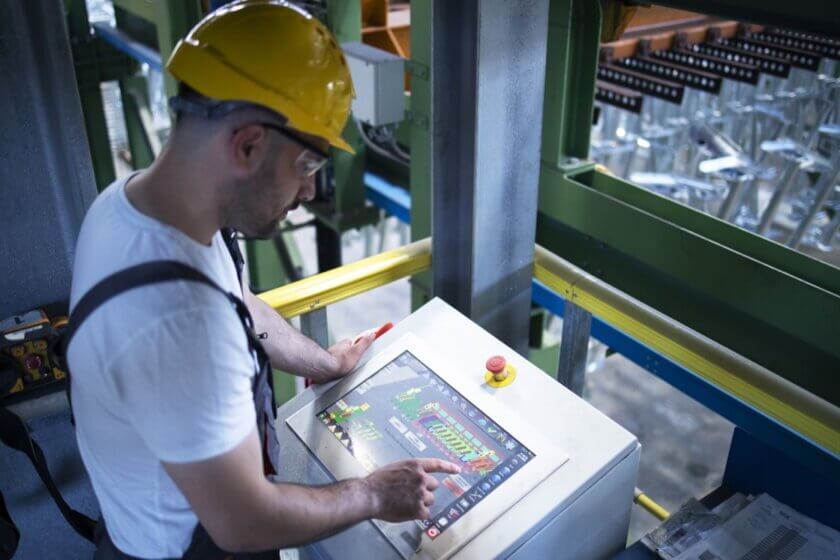
7. Delivery & Installation
The final step involves the transportation and installation of fabricated steel components at the construction site. Proper handling and expert installation ensure structural integrity and longevity.
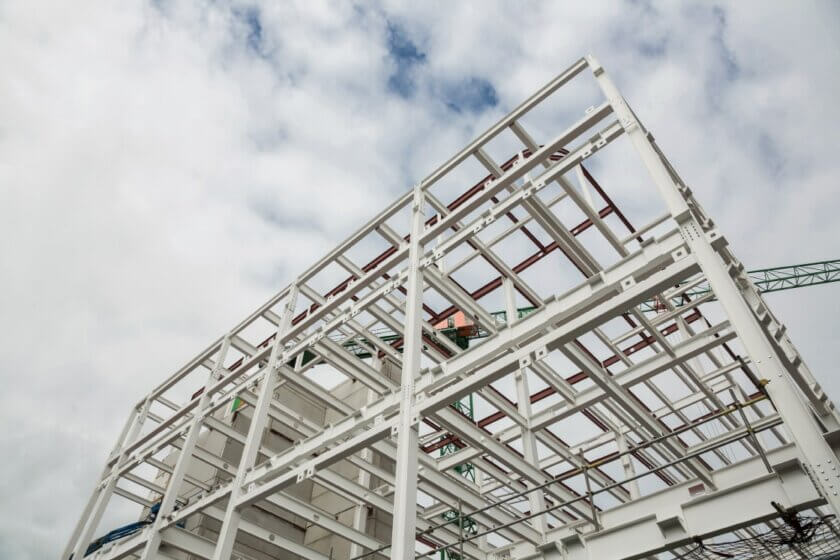
Why Choose ATAD for Steel Fabrication in Australia?
ATAD is a leading steel fabrication company with extensive experience in delivering high-quality, customized steel solutions across Australia. With state-of-the-art technology, skilled engineers, and a commitment to excellence, we ensure precision, durability, and cost-effectiveness for every project.
Get in Touch with Us Today!
Need expert guidance on your steel fabrication project? Contact ATAD now for a consultation!
- 📞 Hotline: (+84) 28 3926 0666
- 📧 Email: sales@atad.vn
- 🌐 Website: https://atad.vn
Let’s build something strong together!